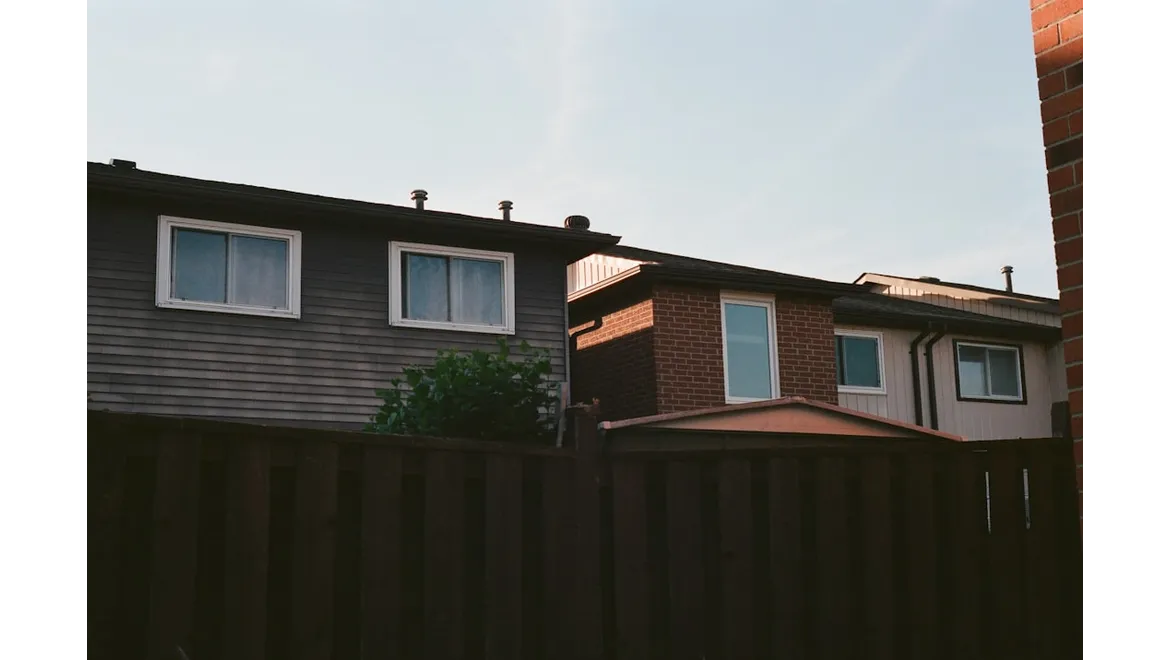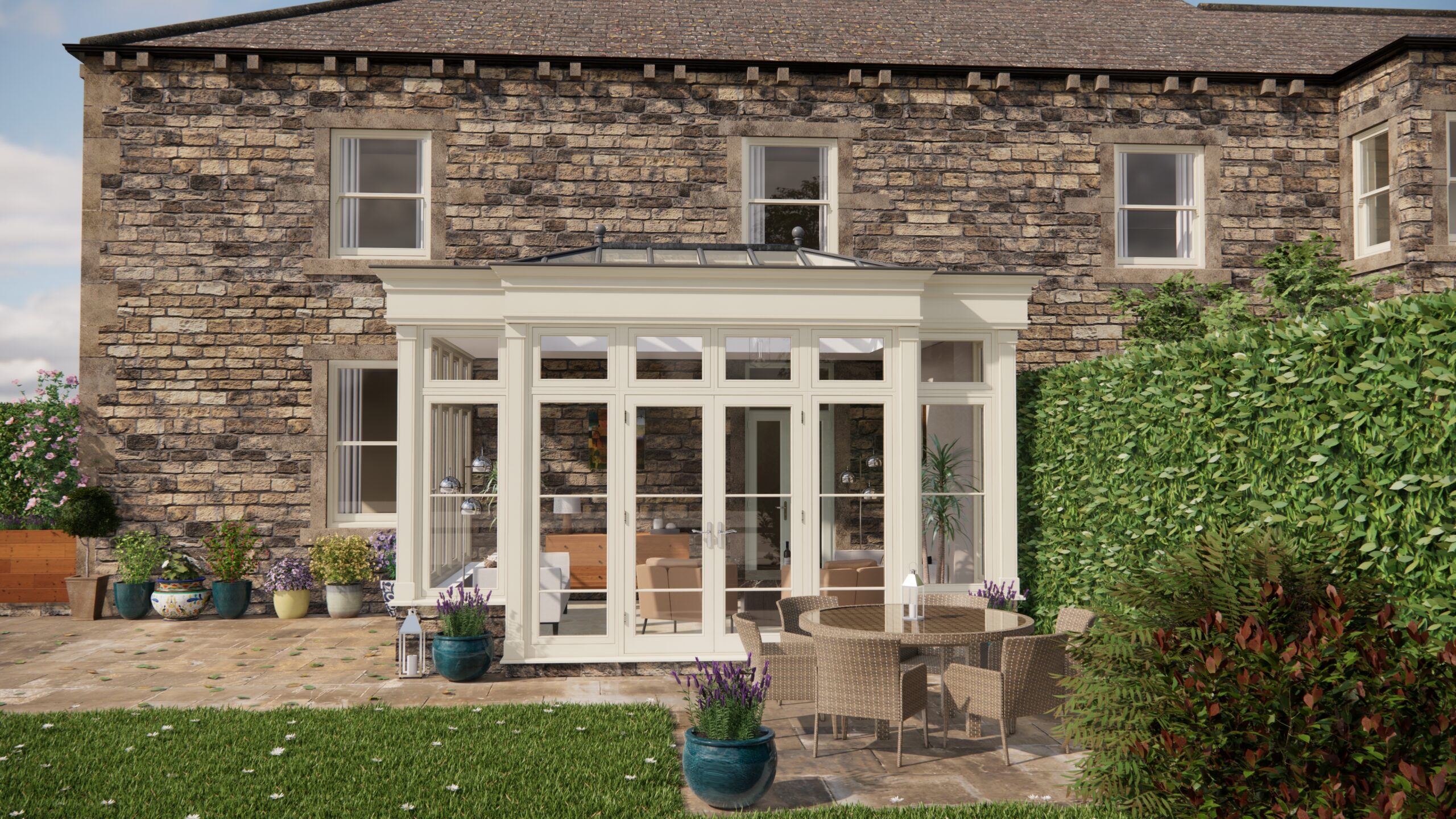Right then, grab a cuppa! Today, I’m sharing insights from my chat with Ryan, a seasoned builder specialising in orangeries and outbuildings, all about keeping the damp out in our lovely, but often soggy, UK climate. I’ve always found articles on orangery and outbuilding construction fascinating, particularly when they delve into the nitty-gritty of damp-proofing. There’s nothing worse than investing in a beautiful structure only to find damp creeping in a year or two later.
We were talking specifically about an article comparing building materials and their weather resistance, something crucial when planning any extension. Ryan stressed that, for orangeries and outbuildings, choosing the right material is the first line of defence against the elements. “Brick, timber, composites – they all have strengths and weaknesses,” he explained. “But understanding those differences is key.”
Material Matters: A Quick Rundown
He gave me a quick rundown on a few materials, enough to let you get started on planning your project.
-
Brick: Traditional, durable, and offers good thermal mass. However, it’s porous and needs proper pointing and potentially a damp-proof course (DPC). Think about the bricks used in the original building, can you match them, or find a close approximation?
-
Timber: Aesthetically pleasing and sustainable, but requires regular maintenance and treatment to prevent rot and insect infestation. Softwood needs a lot more care than hardwood, but it’s also much cheaper. If you are thinking of timber, factor this ongoing cost into your budget.
-
Composites: Increasingly popular, offering low maintenance and good insulation. There’s a huge range of quality, so do your research! “Don’t just go for the cheapest,” Ryan warned. “Look for reputable brands with good warranties.”
Damp-Proofing: More Than Just a Barrier
Moving on to specific damp-proofing techniques, Ryan highlighted that it’s not just about slapping on a waterproof membrane. “It’s a system,” he emphasised. “You need to consider ventilation, insulation, and drainage alongside any physical barriers.”
Here’s what he recommends for a robust damp-proofing strategy:
-
Damp-Proof Course (DPC): Essential for preventing rising damp. Ensure it’s correctly installed and extends across the full width of the wall.
-
Damp-Proof Membrane (DPM): Used in floors to prevent moisture rising from the ground. Overlap the edges and seal them properly. He told me horror stories of people who skimped here and ended up having to rip up the floor.
-
Ventilation: Crucial for managing condensation. Consider installing vents in walls or windows, especially in bathrooms and kitchens. “Natural ventilation is great,” Ryan said, “but sometimes you need mechanical extraction, especially in modern, airtight buildings.”
-
Insulation: Helps to regulate temperature and reduce condensation. Use appropriate insulation materials for walls, floors, and roofs.
-
External Drainage: Ensure rainwater is effectively channelled away from the building with gutters and downpipes. Check them regularly for blockages.
Condensation Management: A Silent Threat
Ryan was particularly passionate about condensation management. “People often overlook it,” he said, “but it’s a major cause of damp problems, especially in orangeries with lots of glazing.”
His top tips for tackling condensation:
-
Good Ventilation: As mentioned before, vital for removing moisture-laden air.
-
Adequate Heating: Helps to keep surfaces warm and prevent condensation from forming. Underfloor heating is particularly effective.
-
Low-E Glass: Reduces heat loss and helps to keep the glass surface warmer, minimising condensation.
-
Dehumidifiers: Can be used to remove excess moisture from the air in particularly damp areas.
Long-Term Weather Resistance: Investing in the Future
Finally, we discussed long-term weather resistance. Ryan stressed that it’s about more than just using durable materials. “It’s about proper detailing and regular maintenance,” he explained. “Check your pointing, clean your gutters, and re-treat your timber regularly.”
UK Planning and Building Regulations
I had to ask about the dreaded planning permission! Ryan sighed. “It’s a minefield,” he admitted. “Especially with listed buildings. Always check with your local planning authority before you start any work.”
He advised to always consider: the size of the outbuilding, its proximity to boundaries, and whether it impacts any protected trees or features. Building regulations also apply, covering aspects like structural integrity, fire safety, and energy efficiency.
Ultimately, Ryan’s advice was clear: planning and preparation are paramount. By understanding the properties of different materials, implementing effective damp-proofing techniques, and adhering to planning and building regulations, you can ensure your orangery or outbuilding stands the test of time and weather. Consider that the choices you make from the start will provide you with a robust and weathertight building for many years to come. So, measure twice, cut once and happy building.


